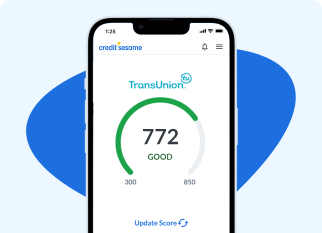
If you are looking for a credit card for bad credit, Indigo may be the right choice. This card offers many benefits for those with poor credit, including a low credit limit as well as a low annual cost. Before you sign up, be aware of its downsides.
Prequalification
Indigo's Fast prequalification service for those with poor credit is a great choice if you're looking for a new card. This service will use a soft credit pull in order to determine your eligibility. If your score is less than 650, you may have difficulty qualifying for a credit card with Indigo.
The Indigo creditcard is not for responsible consumers. You might not be eligible to use it every day. However, the prequalification process is quick and online, and requires just a small amount of information. The card application will be subject to a soft inquiry. However, the inquiry will not impact your credit score.
Annual fee
The annual fee of the Indigo credit card ranges between $0 and $99, depending upon your credit rating. This card is best suited for you if your credit rating is excellent and you have never missed a payment. However, be aware that the annual fee may erode your spending power and increase your credit utilization ratio.

You should not use the Indigo credit card if your goal is to improve or raise your credit score. This is not a credit-card that the community recommends, but it might improve your credit rating. It is not reported by credit bureaus but you can still prove your financial responsibility if you make regular payments. Fill out the application and verify your financial information.
Overdraft protection
The Indigo credit card is a great choice if you are looking for an easy-to use credit card with low annual fees. This card offers a $300 credit limit, but the annual fee can eat up this amount quickly. However, the card does report your credit activity to the three major credit bureaus, which can help you improve your credit score.
The Indigo creditcard offers overdraft coverage that allows you borrow up to 10% of your credit limit. Overdraft protection fees are $40 per person. Foreign transaction fees of 1% will apply. There is also a 5% cash advance fee. Additionally, the card has a 5% cash advance fee. These payments will be reported to the credit bureaus each month and reported within a few days of the billing period.
Foreign transaction fee
The Indigo credit card charges a foreign transaction fee of one percent for each foreign transaction. This is lower than the three percent average foreign transaction fee. There is also an annual fee that varies depending upon your credit score. The initial year's fee is $75, and $99 for each subsequent year. Although it's not clear whether the annual fee will change depending on your credit score or not, it is much higher than the average annual credit card fee.
The Indigo mastercard is available with a $300 credit limit. No initial deposit is required. You can only increase your credit limit once. The card allows customers to control their spending habits and manage their credit scores. It reports to the three major credit bureaus and uploads payment records every month.

Late payment fees
The late payment fee on an Indigo credit card can run as high as $40 if you don't make your payments on time. However, the indigo card does come with standard fees. Additional to the $35 late fee, there is an annual fee and foreign transaction fee. The first year fee costs $75. Each year, $99 is added. The fee is not determined based upon your credit score.
The fixed interest rate (APR) is one of the benefits to the Indigo credit card. Late payments won't affect your credit score. Compared to other unsecured credit cards, this card is one of the most affordable. Many applicants have been approved even with low credit scores. However, applicants with poor credit will pay more in interest and fees than those who have good credit.